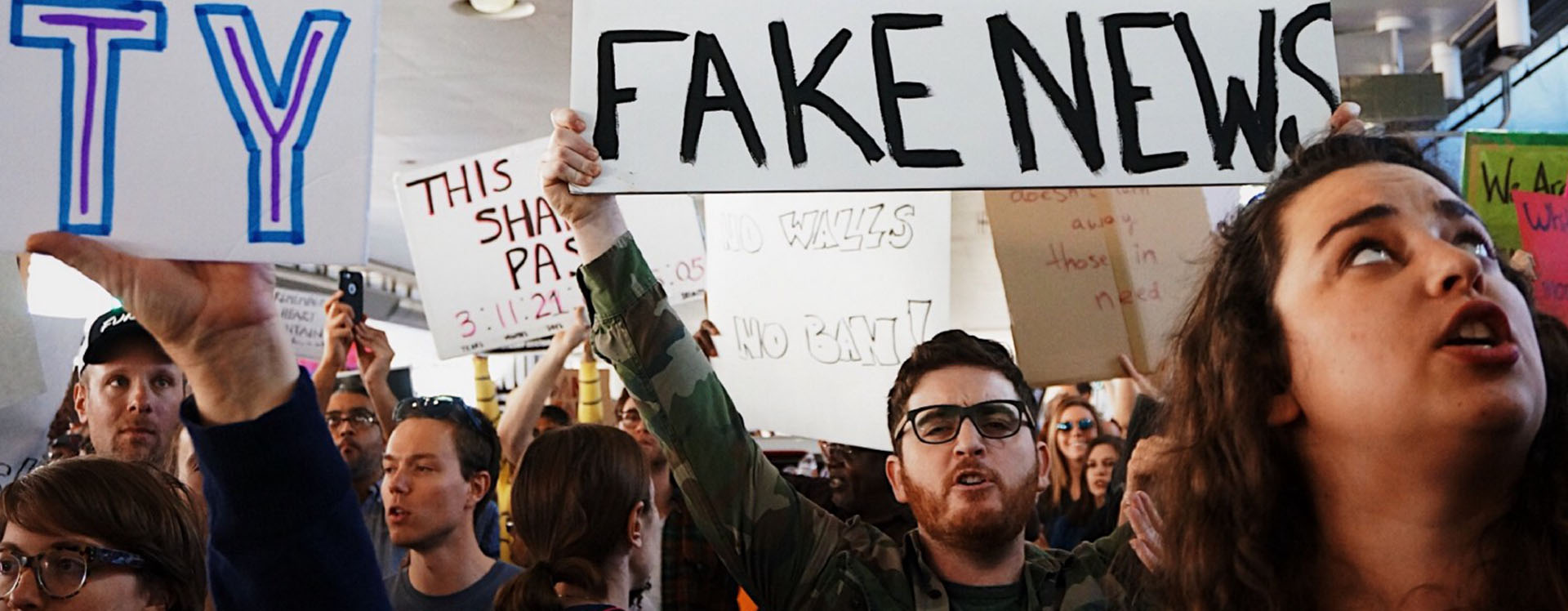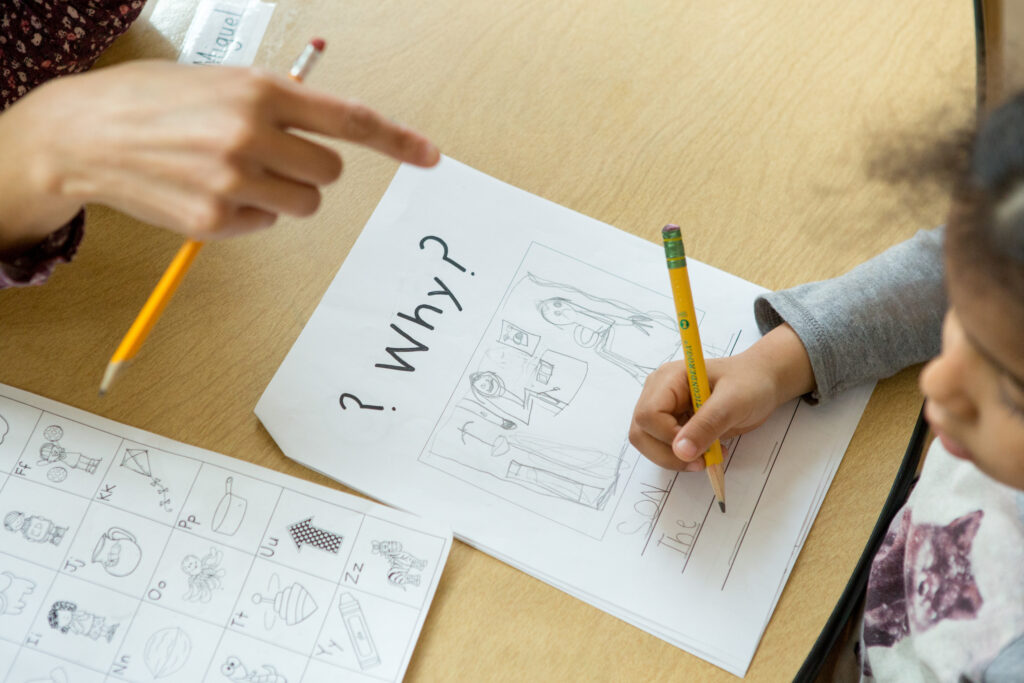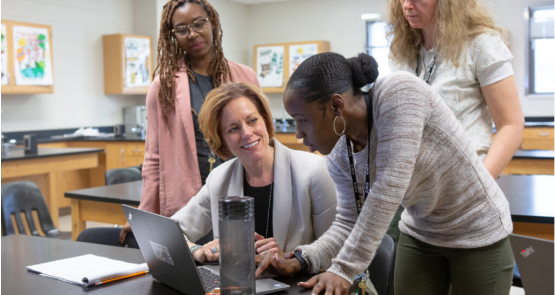Governments around the world are scrambling to solve the problem of “fake news.” From Turkey to the United Kingdom to India to the United States, governments are taking tech companies to task, launching probes and decrying the spread of maliciously false information on social media platforms.
In the U.S., California legislators are considering creating a “Fake News Advisory Board” to study how false information spreads online and suggest solutions for the problem. In India, Facebook began taking out newspaper ads to combat the spread of false information on its messaging service WhatsApp after pressure from the Indian government.
But the solution isn’t pressuring companies or creating government boards. It’s giving young people the tools to think critically.
People forget that fake news isn’t, well, new. Rumors are as old as language itself. In fact, some believe that language may have arisen so people could gossip.
Nor is fake news going away. Whether spread by teenagers or malicious foreign intelligence services, the dissemination of misleading information is going to continue.
If anything, the problem will become far much worse. And the purveyors of pseudo-news are developing ever more sophisticated social media channels.
For their part, some tech companies are making a good faith effort to address this problem. But just as new regulations can’t solve the problem, neither can Facebook fact-checking or Twitter flags. Online tricksters will always be one step ahead of such efforts.
Addressing Fake News With Critical Thinking
The solution is education. Specifically, it’s about giving people the power of critical thinking. If you’re a better thinker, you’re a better judge of information, and that’s how we will finally beat fake news.
Currently, most young people aren’t able to easily separate online fact from online fiction. Students have difficulty ascertaining the difference between real news stories and branded advertising. They also don’t take the bias of source material into account when evaluating claims on social media, according to a 2016 study by the Stanford History Education Group. One survey found more than one-third of children admit to sharing information online that they later learned was fake or inaccurate.
The lack of critical thinking is dangerous for many reasons, perhaps the most important of which is the inability of voters to discern legitimate information from nonsense. Good electoral decisions depend on voters casting ballots based on actual conditions in their communities, not myths and bogeymen. In this sense, fake news and its gossipy cousins will greatly weaken our democracies.
But there’s more than that: Fake news impairs the response to everything from natural disasters to terror attacks. For instance, during Hurricane Harvey in 2017, rumors spread on Twitter that officials were asking victims seeking shelter about their immigration status.
This is why critical thinking is the cornerstone of the response to the “fake news” problem. After all, a key component of critical thinking is the ability to question assumptions. This is doubly important when every factoid in human history is, in theory, just a Google search away. Not to mention that it’s all mixed in with a lot of incorrect or biased information.
We have to teach young people to ask questions of every website they visit: Who pulled the site together? Why? What is its agenda? What’s the underlying source for its information — hearsay and innuendo, or data and analysis?
The 2016 Stanford study noted that children often don’t take the potential bias of the polling organization into account when evaluating poll numbers. That opens students up to all sorts of manipulation via facts and figures that have the veneer of impartiality. But they can learn to think about the source of information and evaluate that dynamic, and thus become much better consumers of information.
Some business leaders have already anticipated that more workers will a richer ability to process and interpret complex information, according to the McKinsey analysis. And many current professions already require far more critical thinking skills because of new technologies. Think of nurses using electronic medical records to ensure the best outcomes for patients.
But we need to remain worried. Hundreds of millions of people, in fact, could have their jobs taken by robots in the coming decades. Plus, our democracies are at stake. Just consider attempted meddling in elections by fake-news purveyors in the U.S., France, Italy and elsewhere.
There’s good news, to be sure. Students can learn to be critical thinkers and tell good information from bad. For instance, students ages 10–12 in Uganda were taught to figure out when claims about medical treatments were untrue, according to a 2016 study published in The Lancet.
Fake news is a problem for all of us, then, so we all have to solve it. We each have the capacity to cut through the muck and emerge as well-informed citizens ready to tackle the challenges of the 21st century. And our ability to have both a functioning democracy and a functioning economy depends on us doing just that.
By Helen Lee Bouygues, President of the Reboot Foundation




